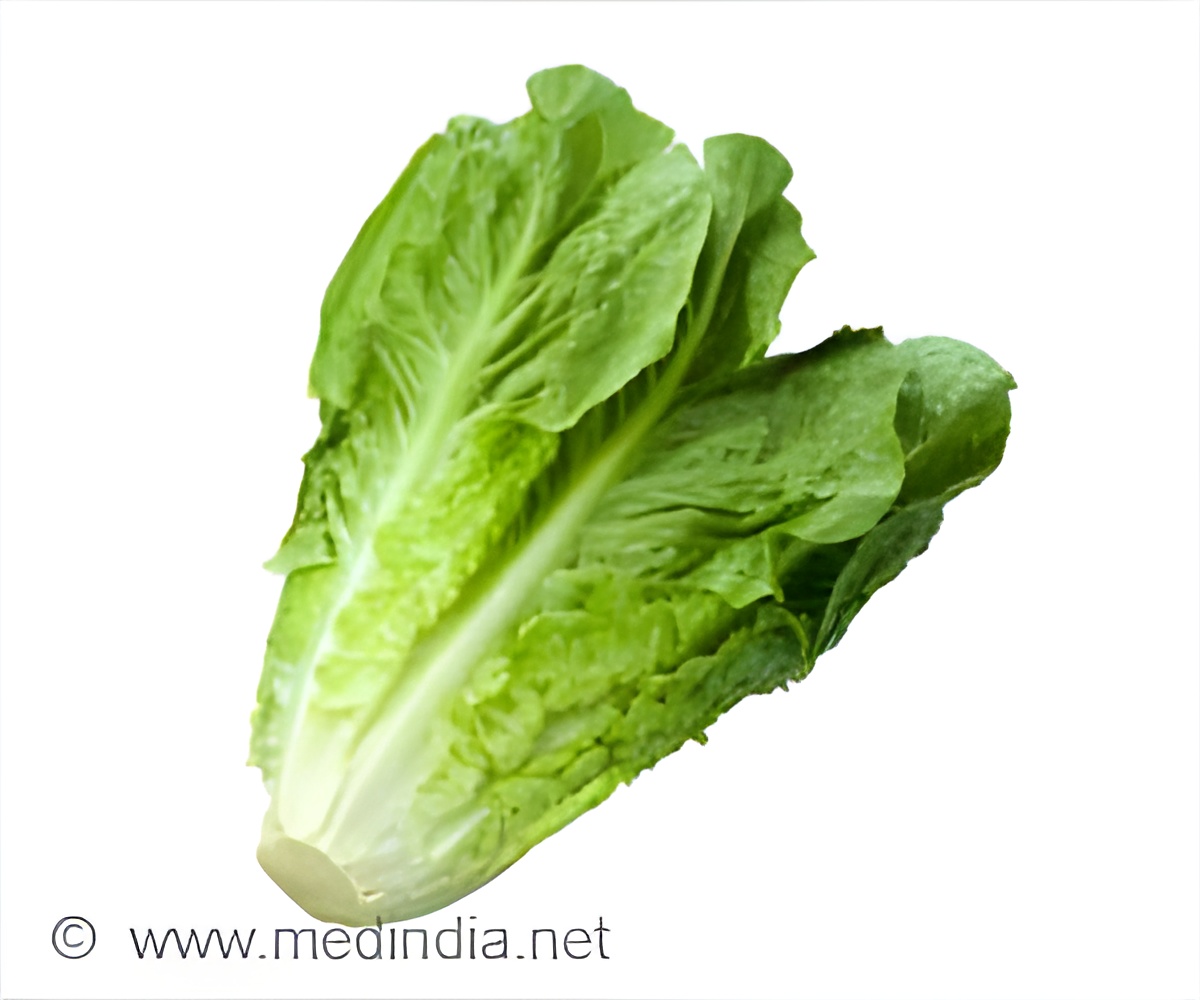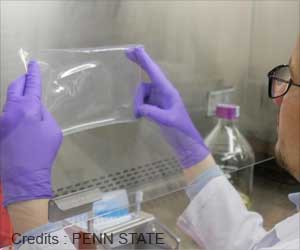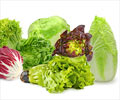Kale and collard greens are less prone to E. coli compared to raw lettuce, as cooking eliminates or deactivates the bacteria.

A recent study investigates the factors influencing E. coli contamination on five distinct leafy greens: romaine lettuce, green-leaf lettuce, spinach, kale, and collards. (1✔ ✔Trusted Source
Fates of attached E. coli o157:h7 on intact leaf surfaces revealed leafy green susceptibility
Go to source)
“We are seeing a lot of outbreaks on lettuce, but not so much on kale and other brassica vegetables. We wanted to learn more about the susceptibility of different leafy greens,” said lead author Mengyi Dong, now a postdoctoral research associate at Duke University. Dong conducted the research as a doctoral student in the Department of Food Science and Human Nutrition (FSHN), part of the College of Agricultural, Consumer and Environmental Sciences (ACES) at the U. of I.
Impact of Temperature and Leaf Surface Properties on E. coli Susceptibility in Five Vegetables
The researchers infected whole leaves from each of the five vegetables with E. coli O157:H7 and observed what happened after storage at 4° C (39° F), 20° C (68° F), and 37° C (98.6° F). Overall, they found that susceptibility was determined by a combination of temperature and leaf surface properties such as roughness and the natural wax coating.
“At room temperature or higher, E. coli grows very fast on lettuce, but if lettuce is refrigerated at 4° C (39° F), we see a sharp decline in the E. coli population. However, for waxy greens like kale and collard, we get the opposite results. On these vegetables, E. coli grows slower under warmer temperatures, but if it is already present, it can survive longer under refrigeration.”
Rinsing lettuce does help, Dong said, but doesn’t remove all the bacteria because of their tight attachment to the leaf.
Did You Know?
Leafy green vegetables serve as essential providers of dietary fiber and nutrients, yet they can host harmful pathogens. Lettuce, in particular, has frequently been linked to outbreaks of foodborne illness throughout the United States.
The researchers also inoculated cut leaves with E. coli O157:H7 to compare the intact surface of a whole leaf to the damaged surface of a cut leaf.
“Whole leaves and freshly cut leaves present different situations. When the leaf is cut, it releases vegetable juice, which contains nutrients that stimulate bacterial growth,” Dong explained. However, the researchers found that spinach, kale, and collard juice actually exhibited antimicrobial properties that protect against E. coli.
“We can’t completely avoid pathogens in food. Vegetables are grown in soil, not in a sterile environment, and they will be exposed to bacteria,” said co-author Pratik Banerjee, associate professor in FSHN and Illinois Extension specialist.
Banerjee and Dong emphasize they do not want to discourage people from eating fresh fruit and vegetables; they are part of a healthy diet. Just follow food safety guidelines, wash your lettuce thoroughly, store it in the refrigerator, and pay attention to any food safety recalls in your area, they conclude.
Reference:
- Fates of attached E. coli o157:h7 on intact leaf surfaces revealed leafy green susceptibility - (https://www.sciencedirect.com/science/article/abs/pii/S0740002023002198?via%3Dihub)












